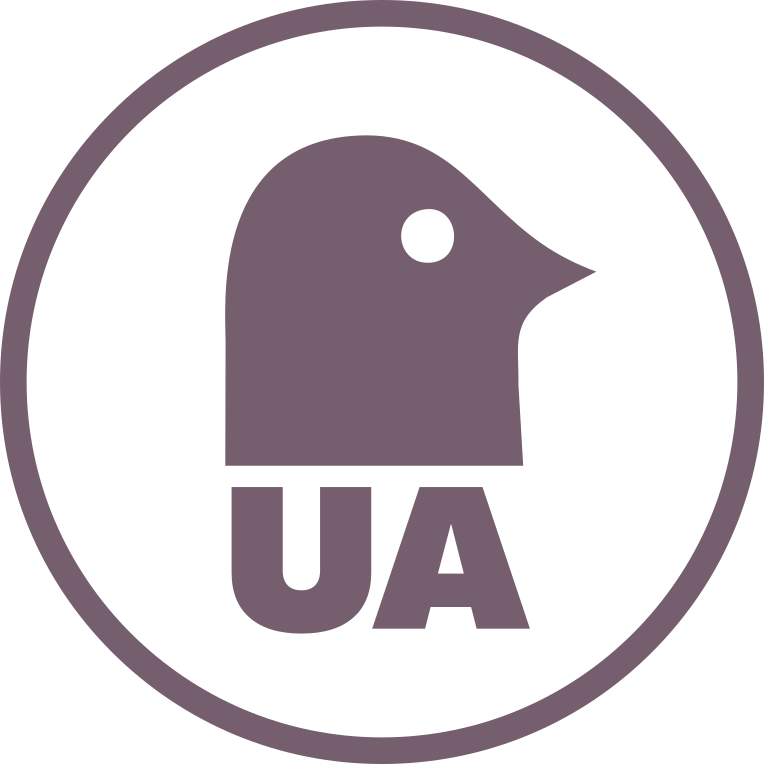[timeline_excerpt]In 1859, construction workers building houses at the corner of Rue Metcalfe and Boulevard de Maisonneuve unearthed remnants of skeletons, fire pits, tools, pottery, longhouse posts, and other evidence of an Iroquoian village formerly being located on the site. At this time, leading Canadian scientist and geologist William Dawson was the director of McGill College, responsible for developing the school into a major educational institution. Dawson examined this site – now referred to as Dawson Site – and concluded that it once held the village of Hochelaga. He published his findings the following year and many were quick to pronounce his conclusions correct so as to satisfy the intrigue surrounding Hochelaga’s enigmatic disappearance.[/timeline_excerpt]
[timeline_content]
In 1859, construction workers building houses at the corner of Rue Metcalfe and Boulevard de Maisonneuve unearthed remnants of skeletons, fire pits, tools, pottery, longhouse posts, and other evidence of an Iroquoian village formerly being located on the site. At this time, leading Canadian scientist and geologist William Dawson was the director of McGill College, responsible for developing the school into a major educational institution. Dawson examined this site – now referred to as Dawson Site – and concluded that it once held the village of Hochelaga. He published his findings the following year and many were quick to pronounce his conclusions correct so as to satisfy the intrigue surrounding Hochelaga’s enigmatic disappearance. Dawson however accounted for uncertainty in his conclusions, writing:
“I do not maintain that this evidence is sufficient certainly to identify the site, but it is enough when taken in connection with the remains actually found, to induce us to regard this as the most probable site, until better evidence can be found in favour of some other.”
In 1972, an extensive new study was conducted by James Pendergast of the National Museum of Canada and Bruce Trigger, a McGill anthropologist who would go on to mentor leading Indigenous scholars such as Audra Simpson. They reexamined the artifacts and determined that “the Dawson site is not proved to be Hochelaga,” although the villages were contemporaneous to each other and “the material culture of the two was probably identical.” Most experts now agree that the Dawson site was a smaller Iroquoian settlement located in the vicinity of the more prominent village of Hochelaga in the early 16th century.
In February 2015, construction was halted on a 27-storey Manulife Financial headquarters at 900 de Maisonneuve Ouest after concerns were raised by photojournalist Robert Galbraith that traces of Hochelaga or artifacts related to the Dawson site might be located there. The firm Archéotec, which was hired to survey the area, advised that construction could resume as the soil in which archaeological evidence might be located had already been disturbed by 19th and 20th century infrastructure projects. Galbraith and fellow amateur historian Ian Barrett maintain that the search was not extensive enough. In a statement, they contended: “The past can be subtle and elusive. But the bottom line is, you can’t find something if you don’t look for it.” Regardless, construction is underway. Many artifacts from the Dawson site are now housed at the McCord Museum, near the location of their excavation.
Further Reading – An Open Letter: Ivanhoe-Cambridge Didn’t Look for Hochelaga[/timeline_content]
